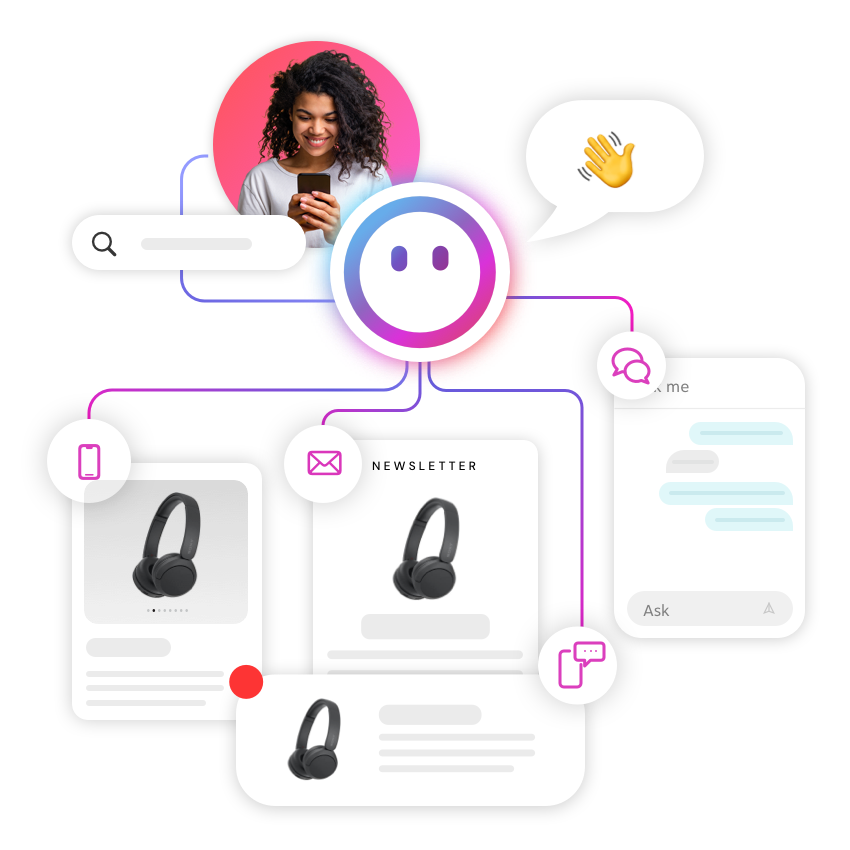At the start of the year, we made our predictions for what are sure to be the biggest topics in the software industry — in 2023 and beyond. Our fourth (and final) prediction was that improved security protocols will only continue to gain importance, to meet the rapidly increasing number of sophisticated cyberattacks performed by highly skilled hackers.
Organizations must take security seriously to protect their sensitive data, in order to avoid disrupting business operations or hindering the user experience. The prevalence of cyberattacks is expected to continue to rise, with Gartner predicting that by 2025, at least 45% of all organizations worldwide will have experienced cyberattacks on their tech stack, up 300% from 2021.
To safeguard against cyber threats, organizations must adopt reliable security protocols that can provide robust protection. This is especially important since the consequences of a successful cyberattack can be devastating, including loss of customer trust, financial loss, and legal repercussions. Organizations must stay ahead of the curve by regularly updating their security measures, employing the latest technologies and best practices, and ensuring that all employees are aware of the importance of cybersecurity.
One of the key trends in cybersecurity for 2023 is the increased use of two-factor authentication (2FA) and biometric authentication tools. 2FA provides an additional layer of security by requiring users to provide two types of authentication before granting access to sensitive data or systems. Biometric authentication tools, like facial recognition or fingerprint scans, are also becoming more common. In 2022, the global multi-factor authentication market reached $15.4B in value and is projected to reach over $40.3B by 2028. These technologies are designed to make it harder for attackers to gain access to sensitive information by requiring something the user has (such as a smartphone) and something they are (such as a fingerprint).
Another trend in cybersecurity is the use of artificial intelligence (AI) and machine learning (ML) to help detect and prevent cyberattacks. These technologies can help identify suspicious behavior patterns and detect anomalies, allowing organizations to respond more quickly and effectively to potential threats. AI and ML can also be used to automate security processes, thereby saving costs, as well as reducing the workload on security personnel and minimizing the risk of human error. According to IBM, prolonged detection and response time to contain threats cause companies severe losses, but AI-enabled organizations had a 74-day shorter breach lifecycle, resulting in an average of $3M more in savings than those without. .
The increasing complexity of software and the interconnectivity of different systems make it ever more difficult for organizations to ensure their security. Therefore, it is essential to take a holistic approach to cybersecurity, addressing vulnerabilities across all systems and processes. This includes adopting best practices such as regular security audits, employee training, and an optimized tech stack.
Cybersecurity is a critical concern for organizations of all sizes and industries, so organizations must stay up to date with the latest security threats and trends. As an evolving field, it is essential to remain vigilant and agile, regularly reviewing and updating security measures to stay one step ahead of potential attackers.
By adopting the latest technologies and best practices, organizations can better protect themselves against potential threats and stay competitive in 2023 and beyond.








